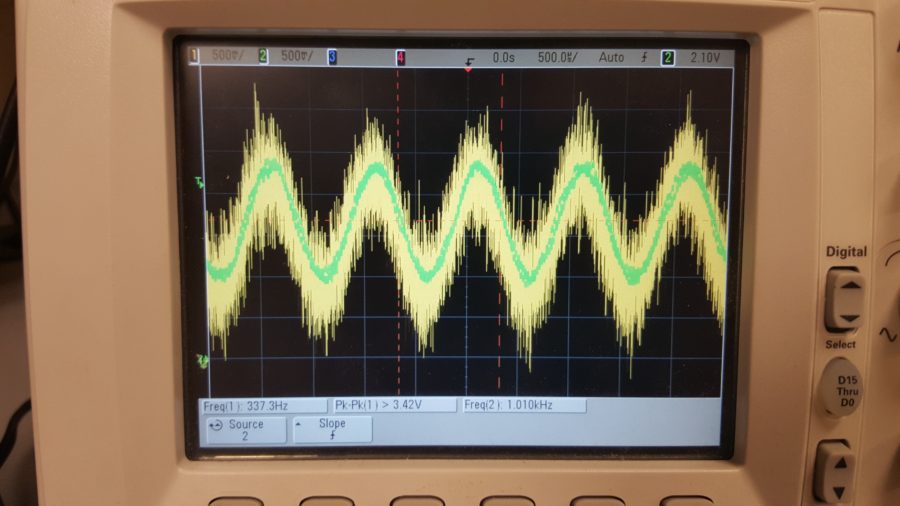This was my master’s thesis research topic. I built my own DAQ (Data AQuisition) circuitry and interfaced it with a Nexys 4 Artix-7 FPGA development board.
An FPGA (Field Programmable Gate Array) is one of the fastest ways that digital electronics can be realized, coming only second to ASICs (Application Specific Integrated Circuits), and some DSP (Digital Signal Processor) based systems.
BSS (Blind Source Separation), also known as Blind Beamforming, is a technique by which a set of source signals can be extracted from a sampled set of observations of mixtures of those signals. For example, isolating a person’s voice from an audio recording taken at an airport. This is something that our brains carry out subconsciously and at a much more sophisticated level than a BSS algorithm can hope to accomplish.
The end goal of doing this research is to be a starting point for the research into a reliable digital computing system that might someday rival the sophistication of a brain. Ultimately, the applications are endless as this could be used on any type of signal as long as the sources are statistically significant.
This is the presentation material that accompanied my thesis defense.
Click on “Present” to load it. It is a very large presentation so it may take a while to load. Once loaded, you can use your arrow keys or the media controls to navigate my presentation.


